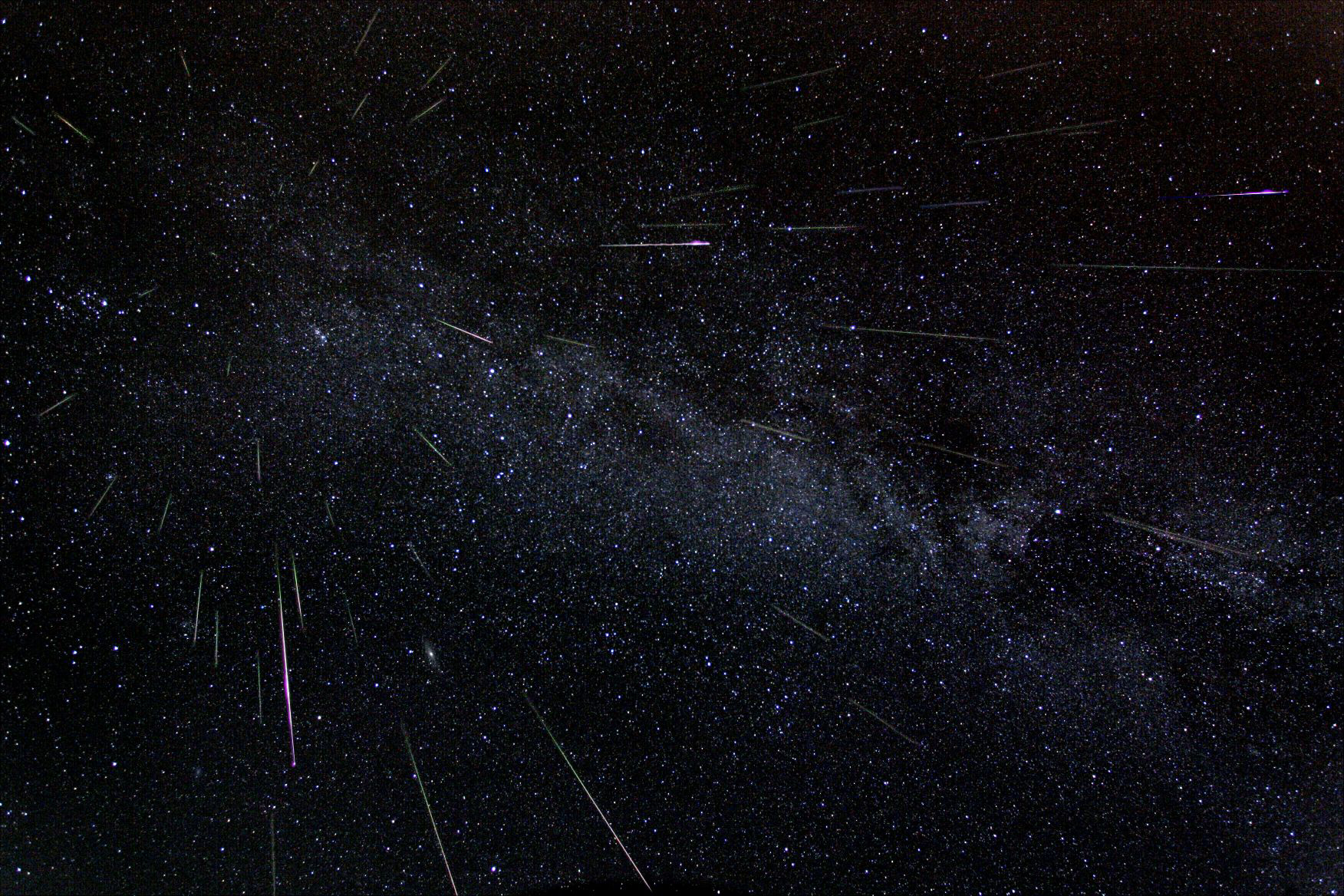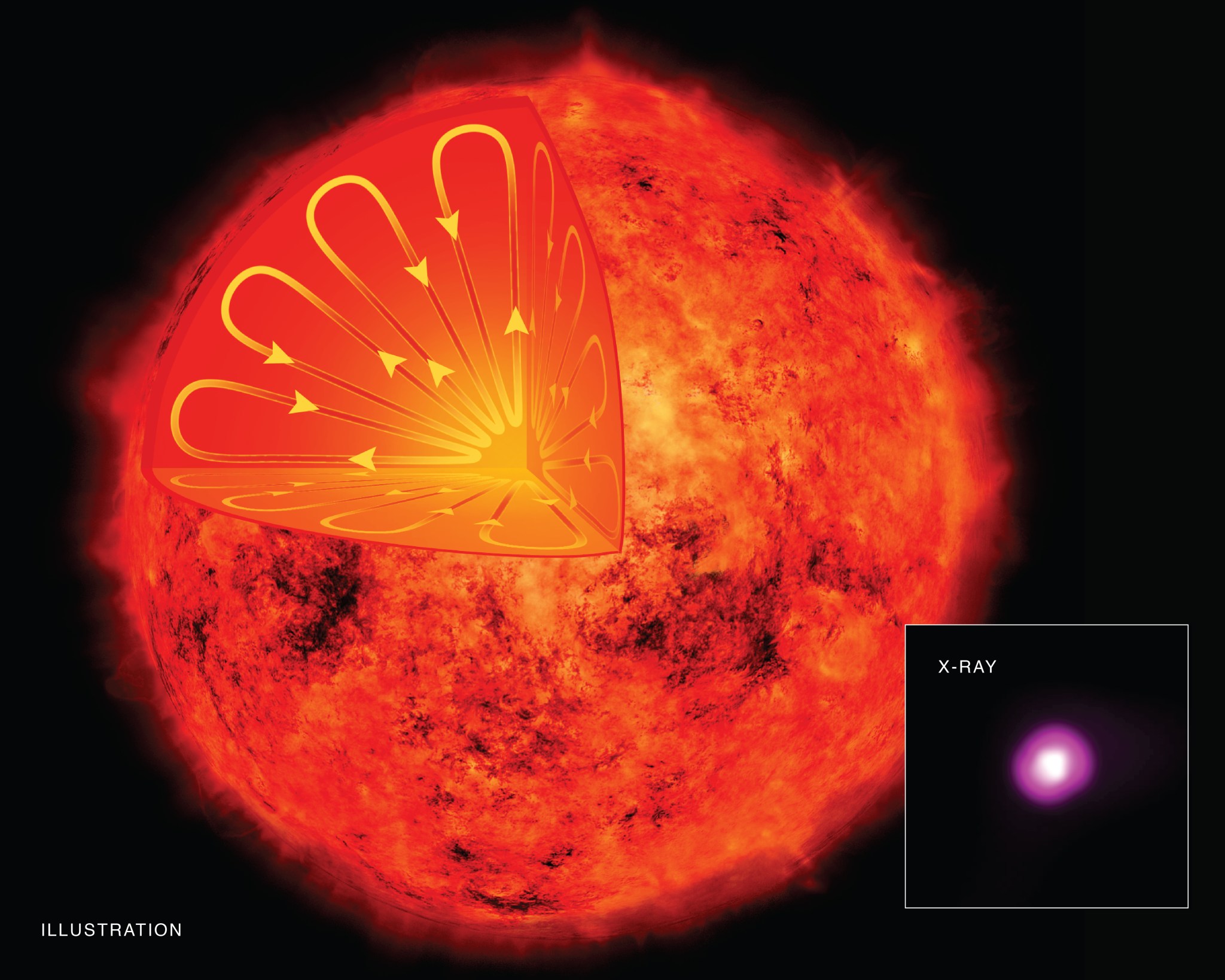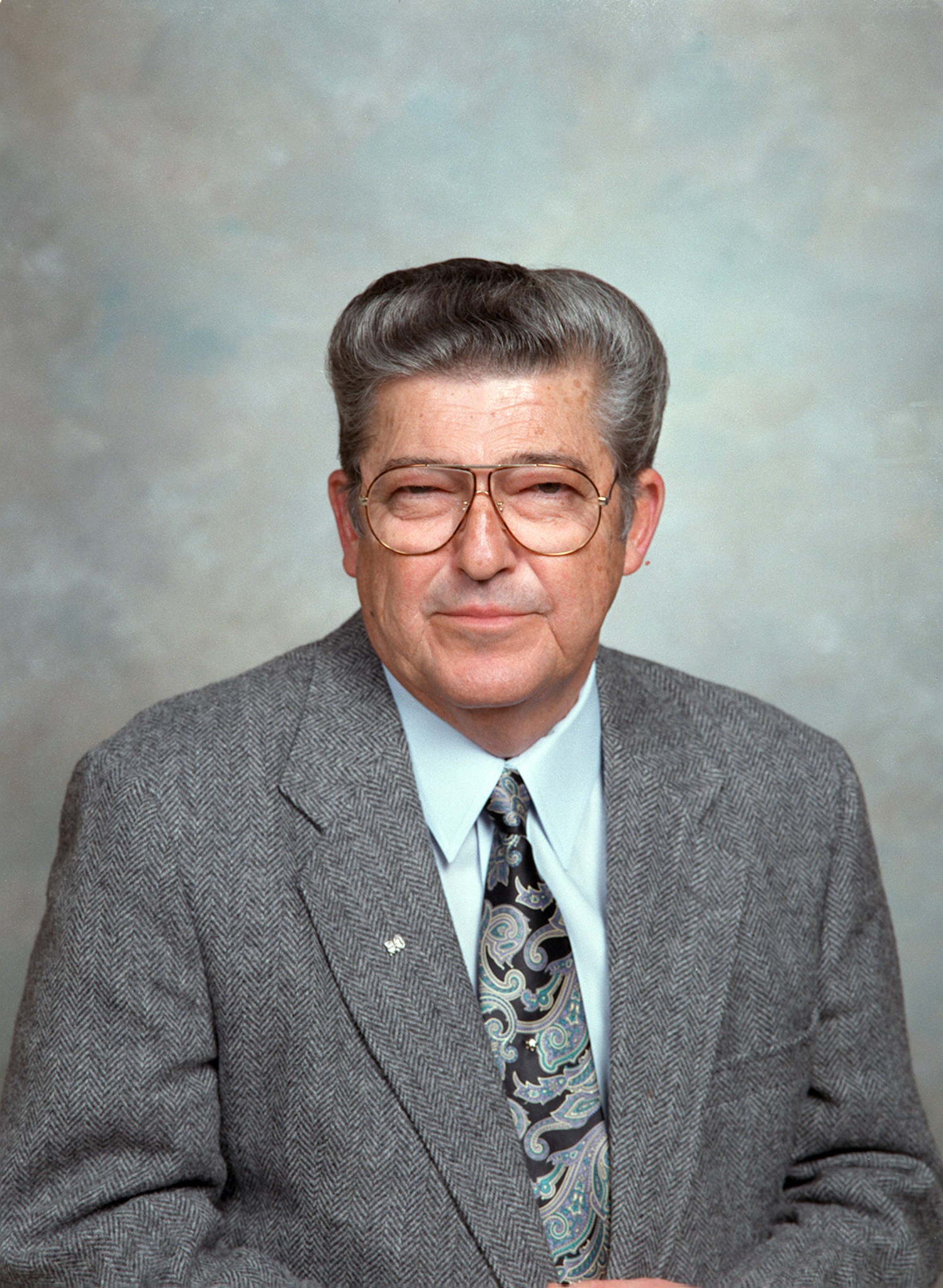In This Week’s Star
- Director’s Corner: The Journey to Mars Continues
- Perseid Meteors to Light Up Night Sky Aug. 11–12
- Astronomers Gain New Insight into Magnetic Field Of Sun and Its Kin
- Marshall Center Director Todd May Delivers Auburn University Commencement Address
- New ‘AstrOlympics’ Online Resource Featured on ‘This Week @NASA’
- This Week in NASA History: HEAO-1 Launches In Search of X-ray and Gamma-ray Sources — Aug. 12, 1977
- Seventh Marshall Center Director Porter Bridwell Dies
- Obituaries
Director’s Corner: The Journey to Mars Continues
What is the journey to Mars? Is it the culmination of our effort to build NASA’s next-generation rocket — something that truly begins when the Space Launch System frees the Orion spacecraft and her crew from the bounds of Earth’s gravity? Or, is the journey to Mars the sum-total of ideas, people and technology that will enable the first man or woman to step onto the fine Martian regolith?
The journey to Mars can’t be defined by one launch — by one milestone on the horizon. It’s bigger than that. The journey to Mars is about pushing the envelope of human space flight. It’s about NASA and industry working together to develop an enduring platform for deep space exploration and discovery. The value of this journey is not limited to the ultimate achievement of leaving boot-prints on the surface of Mars — though it will be a transformative moment in human history and for the nation’s space program.
From small-sat technology making space-based scientific missions accessible to all, to creating new markets for commercial innovation and the first launch of SLS, the journey to Mars has impacted and will continue to impact the world. And on Aug. 18, I will join 100 members of the media, key industry and legislative stakeholders to see first-hand the amazing work you are doing to advance SLS and Orion, propulsion, life support and other mission-critical programs — to see how you are paving the way for our nation’s journey to Mars.
I am truly excited about the opportunity to see, and learn about, the tremendous progress we’ve made and the challenges ahead — and our continuing journey to Mars.
Perseid Meteors to Light Up Night Sky Aug. 11–12
The annual Perseid Meteor Shower will peak Aug. 11-12 with forecasters predicting double the normal rate of meteors, potentially reaching 200 per hour under perfect viewing conditions. The best viewing is typically during the pre-dawn hours, local time, with a clear horizon and minimal light pollution. Astronomers with NASA’s Meteoroid Environment Office at NASA’s Marshall Space Flight Center will host a Facebook Live event Aug. 11 at 7:30 p.m. to explain how and why NASA tracks and monitors meteor showers. For stargazers experiencing cloudy or light-polluted skies, a live broadcast of the Perseid shower will be available via Ustream overnight on Aug. 11 and 12, beginning at 10 p.m. For more information, visit the Meteoroid Environment Office. (NASA)
Astronomers Gain New Insight into Magnetic Field Of Sun and Its Kin
Astronomers have used data from NASA’s Chandra X-ray Observatory to make a discovery that may have profound implications for understanding how the magnetic field in the sun and stars like it are generated.
Researchers have discovered that four old red dwarf stars with masses less than half that of the sun are emitting X-rays at a much lower rate than expected.
X-ray emission is an excellent indicator of a star’s magnetic field strength so this discovery suggests that these stars have much weaker magnetic fields than previously thought.
Since young stars of all masses have very high levels of X-ray emission and magnetic field strength, this suggests that the magnetic fields of these stars weakened over time. While this is a commonly observed property of stars like our sun, it was not expected to occur for low-mass stars, as their internal structure is very different.
The sun and other stars are giant spheres of superheated gas. The sun’s magnetic field is responsible for producing sunspots, its 11-year cycle, and powerful eruptions of particles from the solar surface. These solar storms can produce spectacular auroras on Earth, damage electrical power systems, knock out communications satellites, and affect astronauts in space.
“We have known for decades that the magnetic field on the sun and other stars plays a huge role in how they behave, but many details remain mysterious,” said lead author Nicholas Wright of Keele University in the United Kingdom. “Our result is one step in the quest to fully understand the sun and other stars.”
The rotation of a star and the flow of gas in its interior both play a role in producing its magnetic field. The rotation of the sun and similar stars varies with latitude as well as in depth below the surface. Another factor in the generation of magnetic field is convection. Similar to the circulation of warm air inside an oven, the process of convection in a star distributes heat from the interior of the star to its surface in a circulating pattern of rising cells of hot gas and descending cooler gas.
Convection occurs in the outer third (by radius) of the sun, while the hot gas closer to the core remains relatively still. There is a difference in the speed of rotation between these two regions. Many astronomers think this difference is responsible for generating most of the magnetic field in the sun by causing magnetic fields along the border between the convection zone and the core to wind up and strengthen. Since stars rotate more slowly as they age, this also plays a role in how the magnetic field of such stars weakens with time.
For stars much less massive than the sun, convection occurs all the way into the core of the star. This means the boundary between regions with and without convection, thought to be crucial for generating magnetic field in the sun, does not exist. One school of thought has been that magnetic field is generated mostly by convection in such stars. Since convection does not change as a star ages, its magnetic fields would not weaken much over time.
By studying four of these low-mass red dwarf stars in X-rays, Wright and co-author Jeremy Drake of the Harvard-Smithsonian Center for Astrophysics in Cambridge, Massachusetts, were able to test this hypothesis. They used Chandra to study two of the stars and data from the ROSAT satellite to look at two others.
“We found that these smaller stars have magnetic fields that decrease as they age, exactly as it does in stars like our sun,” said Wright. “This really goes against what we would have expected.”
These results imply that the interaction along the convection zone-core boundary does not dominate the generation of magnetic field in stars like our sun, since the low mass stars studied lack such a region and yet their magnetic properties are very similar.
A paper describing these results appears in the July 28 issue of the journal Nature. NASA’s Marshall Space Flight Center manages the Chandra program for NASA’s Science Mission Directorate. The Smithsonian Astrophysical Observatory in Cambridge, Massachusetts, controls Chandra’s science and flight operations.
Marshall Center Director Todd May Delivers Auburn University Commencement Address
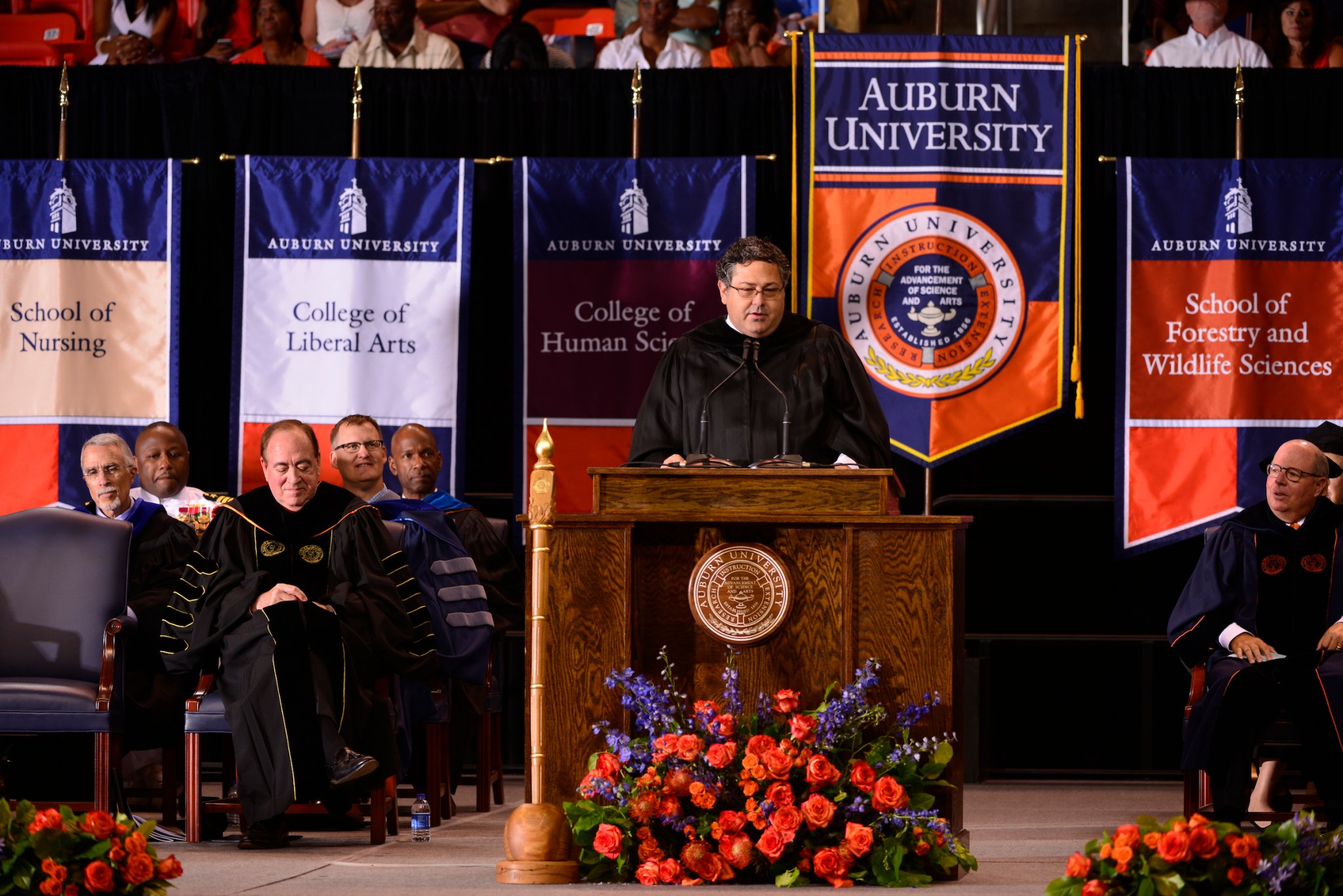
NASA Marshall Space Flight Center Director Todd May returned to his alma mater to deliver the commencement address at Auburn University on Aug. 6. He told the more than 1,200 new alumni that those who declare a diploma is “meaningless” and “just a piece of paper” are wrong. A diploma is a spiritual symbol of the knowledge, relationships and character students have worked so hard to gain over the years. May said there are people whose lives the graduates have already affected, who care about them and believe in their ability to succeed, and he likened that community to the components of NASA’s Space Launch System. “If one part fails, it could be catastrophic,” he said. “Don’t underestimate your place in the system. Likewise, don’t take for granted your connection to the system — the community, the team, the crew — around you.” (Auburn University)
New ‘AstrOlympics’ Online Resource Featured on ‘This Week @NASA’
The new AstrOlympics project, developed by NASA’s Chandra X-ray Observatory Communications group, is featured in the latest edition of “This Week @NASA,” a weekly video program broadcast nationwide on NASA-TV and posted online.
With the 2016 summer Olympic games underway, NASA’s Chandra program unveiled the AstrOlympics project, an online resource comparing the science and physics of the Olympic games and its athletes to cosmic phenomena found in space. The project consists of a series of posters, videos and a website exploring various topics including speed, mass, time, pressure, rotation, distance and more — and how studying these forces of nature can help us learn more about the world around us, and the universe we live in.
View this and previous episodes at “This Week @NASA” or at https://www.youtube.com/user/NASAtelevision.
This Week in NASA History: HEAO-1 Launches In Search of X-ray and Gamma-ray Sources — Aug. 12, 1977
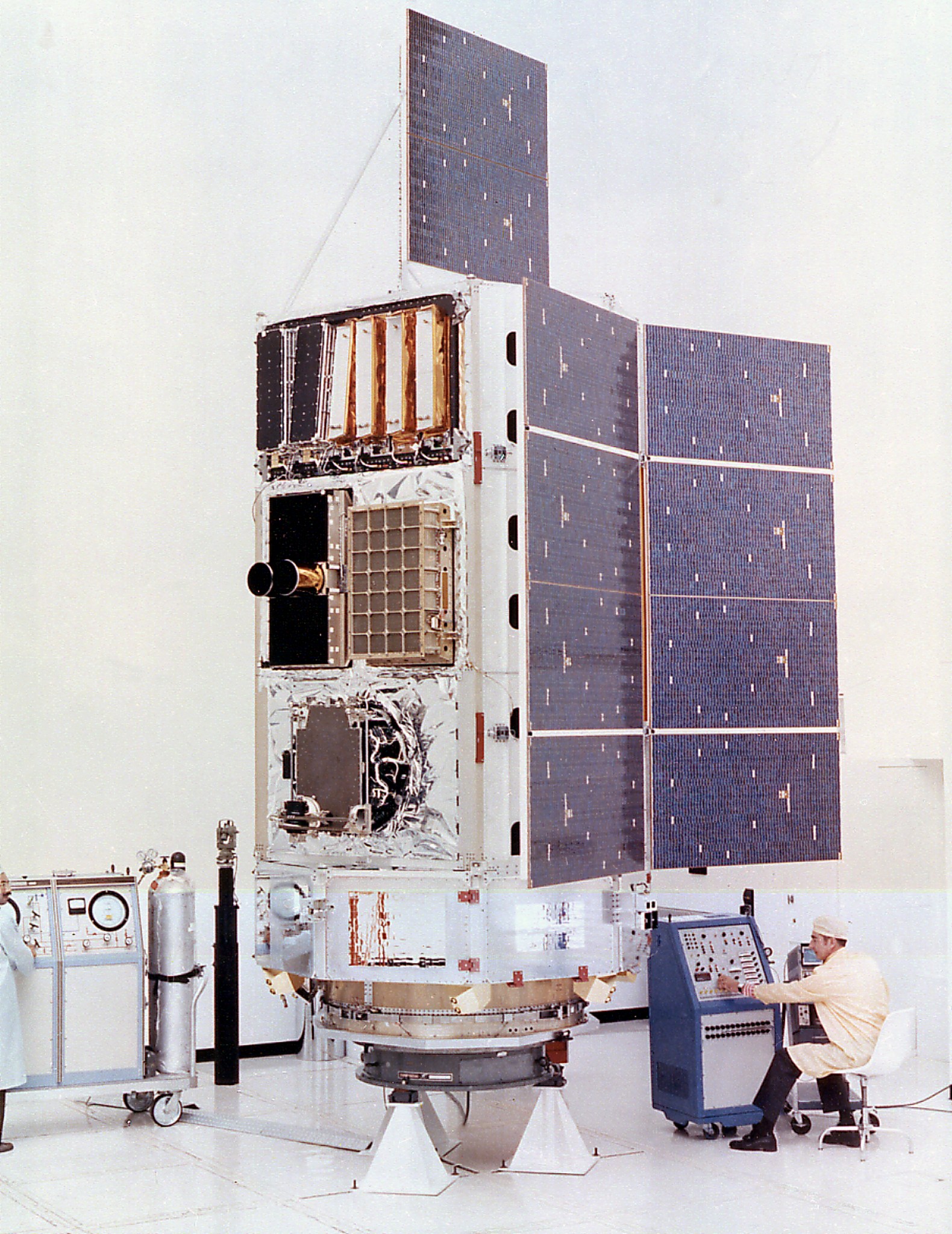
This week in 1977, the first of three spacecraft in NASA’s High Energy Astronomy Observatory program, HEAO-1, was launched from NASA’s Kennedy Space Center to survey the sky for additional X-ray and gamma-ray sources, and pinpoint their positions. The HEAO program was managed by NASA’s Marshall Space Flight Center, which is involved in a broad array of heliophysics, astrophysics and planetary science investigations, ranging from the smallest nanosatellites and suborbital sounding rockets to management of great orbiting observatories and interplanetary spacecraft. The NASA History Program is responsible for generating, disseminating, and preserving NASA’s remarkable history and providing a comprehensive understanding of the institutional, cultural, social, political, economic, technological, and scientific aspects of NASA’s activities in aeronautics and space. For more pictures like this one and to connect to NASA’s history, visit the History Program’s webpage. (NASA)
Seventh Marshall Center Director Porter Bridwell Dies
Gene Porter Bridwell, 80, of Huntsville, the seventh director of NASA’s Marshall Space Flight Center, died Aug. 4. He served as center director from Jan. 6, 1994, until he retired Feb. 3, 1996, after 36 years with the nation’s space agency.
The Indiana native earned his bachelor’s degree in aeronautical engineering from Purdue University in West Lafayette, Indiana, in 1953. He began his professional career as an engineer with Rocketdyne in Canoga Park, California, before joining Marshall in 1962.
Bridwell’s early experience included assignments within the Saturn Systems and Saturn V Program Offices. In 1975, he transferred to the Shuttle Projects Office where he served in many key positions, culminating in his 1989 appointment as manager of the Shuttle Projects Office, where he managed the shuttle’s propulsion elements, including the space shuttle main engine, external tank, redesigned solid rocket motor, solid rocket booster, and advanced solid rocket motor. He also managed related systems and activities, including NASA’s Michoud Assembly Facility.
Before becoming Marshall center director, Bridwell served as manager of the Heavy Lift Launch Vehicle Definition Office, where he supervised efforts involving the proposed vehicle’s design, development and integration. He also served on special assignment with the Space Station Redesign Team and later the U.S./Russian Space Station Integration Team.
As Marshall center director, Bridwell managed a broad spectrum of human spaceflight, science and technology development missions contributing to the nation’s space program. Under his direction, Marshall continued to develop itself as NASA’s propulsion center.
Obituaries
Ralph B. Teasley, 90, of Huntsville, died Aug. 4. He retired from the Marshall Center in 1991 as an aerospace engineer. He is survived by his wife, Catherine H. Teasley.
Robert J. Cannon, 78, of Huntsville, died Aug. 5. He retired from the Marshall Center in 1995 as an electronics technician. He is survived by his wife, Doris L. Cannon.
James W. Harper, 94, of Huntsville, died Aug. 5. He retired from the Marshall Center in 1982 as an electronics engineer. He is survived by his wife, Geneva Harper.
Ray C. Holder, 82, of Huntsville, died Aug. 5. He retired as the Marshall Center in 1989 as an aerospace engineer. He is survived by his wife, Ramelle Holder.





























